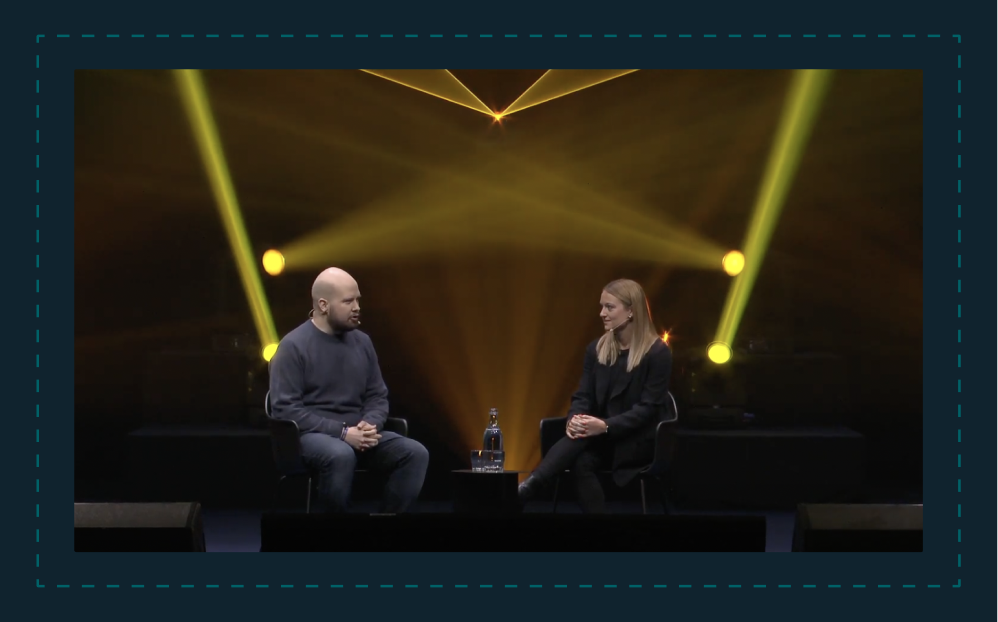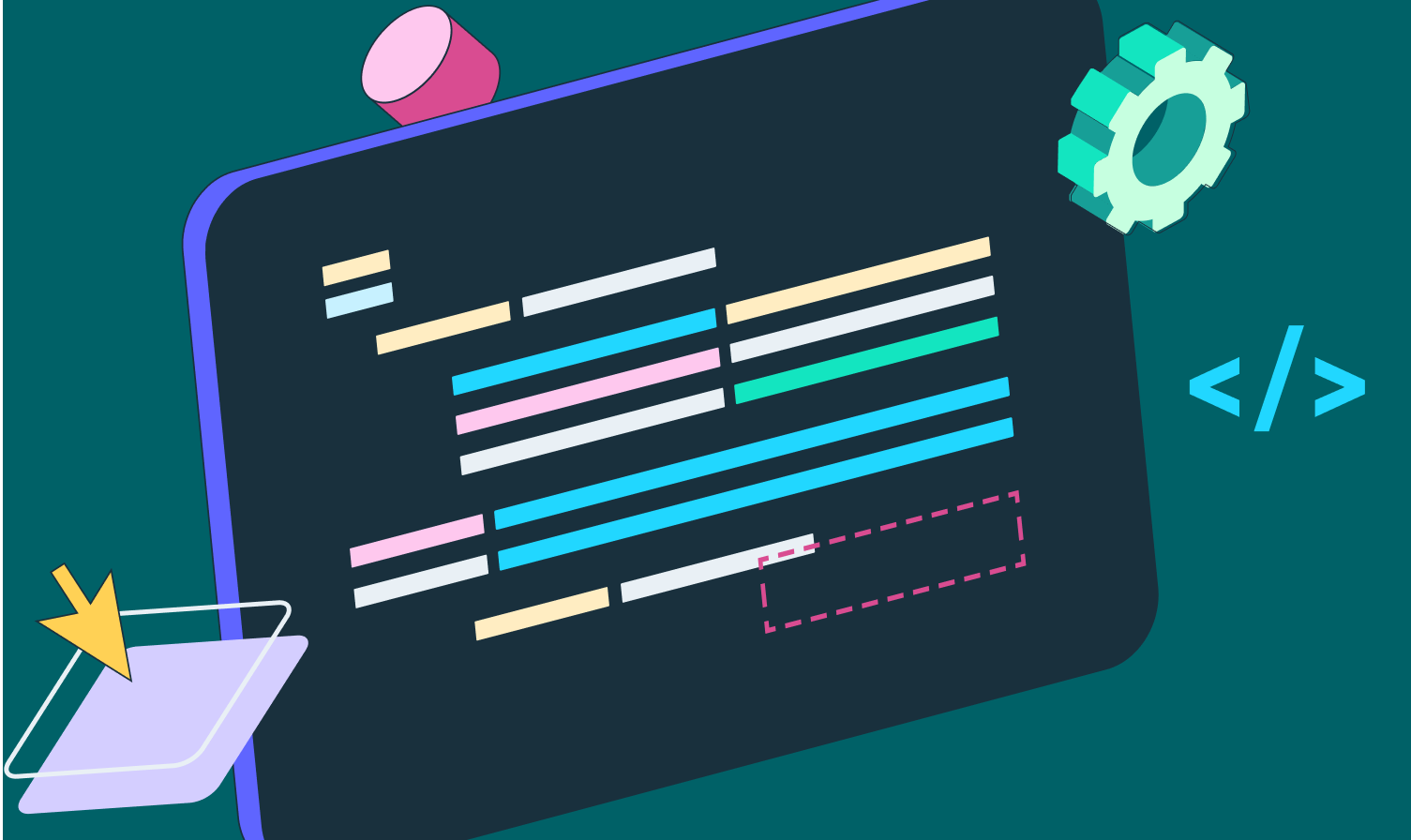Back to blog
Stytch Talks with Jaren Glover: Building high-powered engineering teams
Company
Jan 24, 2023
Author: Stytch Team

Assembling and growing a talented engineering team is a critical process that has an immediate impact on a company’s potential — especially for fast-growing startups.
For our second Stytch Talks session, Stytch co-founder and CTO Julianna Lamb sat down with Jaren Glover, a seasoned software engineer, early stage investor, and advisor. Glover spent over five years as an early hire at Robinhood, where he helped scale their team and infrastructure as the platform ballooned from 150 thousand user accounts to over 22 million. He has a rich history of partnering with founders such has Parafin, Metronome, Arcade, and Stytch. He is now spending time investing and advising at the earliest stages – he has been a great partner to us!
They discussed the growing pains that often accompany the early years of success, as well as the natural tradeoffs that arise as a startup makes its first major engineering hires.
Below, we recap five of the key lessons and observations Glover and Lamb shared from their own experiences — along with their top tips for building a best-in-class engineering team to enhance both productivity and day-to-day culture.
1. It’s not just about thoughtful recruiting, but thoughtful onboarding.
“Always be hiring” isn’t just an expression. Finding qualified engineers — especially for specialized projects like your core infrastructure — can be challenging in the current landscape, and it’s important to keep your pipeline rich.
Based on his time at Robinhood, Glover suggests going beyond recruitment. It’s not just about discovering top talent out in the field, but supporting the talent you already have and nurturing tomorrow’s high performers with a well thought-out onboarding process.
“At times, we were trying to find a needle in the haystack, when we should have been trying to hire new grads and create safe areas and guardrails for them to be able to evolve within the organization.”
A solid onboarding system begins with creating a culture of mentoring and accountability. The quality of an individual employee is almost always related to the quality of the supervisor who trains and evaluates them. Provide a foothold for new hires, and give them the opportunity to grow from smaller wins to more elaborate tasks to build their confidence and trust — with clear benchmarks and expectations in place.
Most importantly, ensure everyone follows the same process, whether they’re fresh out of school or an established engineer from a big-name company.
2. Root your interview loops in reality.
If you want to suss out high-quality talent, avoid interview questions and assignments that aren’t relevant to the work you actually do. It may be impressive if a candidate can rattle off complex algorithms, but it doesn’t necessarily demonstrate how they’ll perform as a member of your team.
Instead, introduce strainers that tackle problems you see in your day-to-day activities, like basic metric collection exercises. In the next round, you can spike from either an architecture or coding perspective to measure a candidate’s depth. As Glover points out, you should also run candidates through a project deep dive, which is the ultimate way to gauge how they’ll work as part of a team.
“The project deep dive is super important, because you need to be able to communicate with your peers. It turns out, you can be a really great engineer, but if you can’t work with someone, it’s not really a good exercise.”
Ideally, interviews should closely mirror problems and an environment that’s true to life. Ensure that the problems you’re asking candidates to solve are ones that will be truly indicative of their ability to solve the problems you’ll need them to do on the job. Above all, don’t let your interview loops grow stagnant. Make sure you’re constantly working to fill gaps in your method and keep up with best practices. If possible, work with a recruiter that can help you not only source promising new engineers but identify why any candidates are dropping out of the process.
3. Reward employees with meaningful incentives.
This one is simple. Incentives matter, and they start right from the top, right from day one. Whatever you reward employees for — either explicitly or implicitly — in your company’s early days will naturally spill over across the organization and into future projects, and your team will always reflect (and expect) those initial standards.
For Glover, it’s a founder’s responsibility to establish what matters and to reward and incentivize employees accordingly. That means establishing how employee performance is evaluated, finding meaningful ways to acknowledge employee achievements, and codifying and applying that system fairly and consistently across different engineering teams (whether product or reliability).
“A strong set of founders can really turn an okay opportunity into a great opportunity, and a great opportunity into an exceptional opportunity.”
Keep in mind, incentives aren’t just about one-off perks like bonus checks, gift cards, and PTO. Employees also value — and may even prefer — immeasurable rewards like internal recognition, whether a shoutout in a shared forum or meeting or a crystal clear path to a promotion.
4. There’s an art and a science to scaling your engineering leadership.
One of the hardest parts of building an engineering team is knowing when and how to add in layers of management. On the one hand, you need to plan ahead and ensure you have the right leadership and resources in place as you grow. On the other hand, you don’t want to jump the gun and get to a point where you have too many people managing and not enough people doing.
There are two key inflection points when strategic scaling is critical:
- Going from zero to one: Introducing your first engineering manager can be daunting. Glover recommends hiring this initial role internally, due to the social capital that’s already been built up among your team. That said, it’s also smart to get external assistance from a coach or advisor — preferably from among your cap table and other entities that know your organization well — to support and guide your new leader.
- Hiring the VP: The real question here is, do you need a VP of engineering, or are you actually looking for a head of engineering? Don’t be afraid to delay the VP role if you’re not ready, and focus on getting your first tier of managers right. You can always elevate an engineering manager or head if the right person comes along. When you do appoint a VP, be rigorous with your 30/60/90 evaluations, and be honest if it’s not working out. A VP can make or break an organization—and you want them to make yours great.
Two final words of wisdom:
First, whenever possible, promote from the inside. It sends a positive signal to your standing engineers that efforts will be rewarded — but make sure they also have technical opportunities to grow outside of a management track.
Second, always check the references. It can be tempting to scoop up leaders from top tech companies when they show interest, but it’s more important to know that they’ll be a good fit.
5. Know what the best engineers are looking for.
Glover doesn’t just consult for leading startups, he also advises many up-and-coming engineers. If you’re looking to put together a winning team, it can be just as crucial to know what your top candidates are looking for in you. Be transparent, and encourage open, honest conversations about what your organization has to offer, from risk profiles, term sheets, and compensation, to your company’s culture and opportunities for professional growth. It not only creates a foundation of trust, it sends a strong message about the progress and promise of your business. That extends to founders, who are the beating heart of an organization and the best equipped to express the passion and purpose behind its work. Those who are not only accessible but excited to engage with the next generation of engineers are the ones who reap the benefits of proud and productive teams.
Looking to build a best-in-class engineering team?
Check out our YouTube channel to watch the full Stytch Talks interview, or follow Glover’s latest insights and investing tastes through his website or on his Twitter, LinkedIn, or GitHub feeds. If you want to learn more about Stytch’s approach to team-building, read through our Founder’s Guide to Hiring Engineers — or, if you’re interested in joining our growing team, browse our current list of open positions.
Authentication & Authorization
Fraud & Risk Prevention
© 2025 Stytch. All rights reserved.


